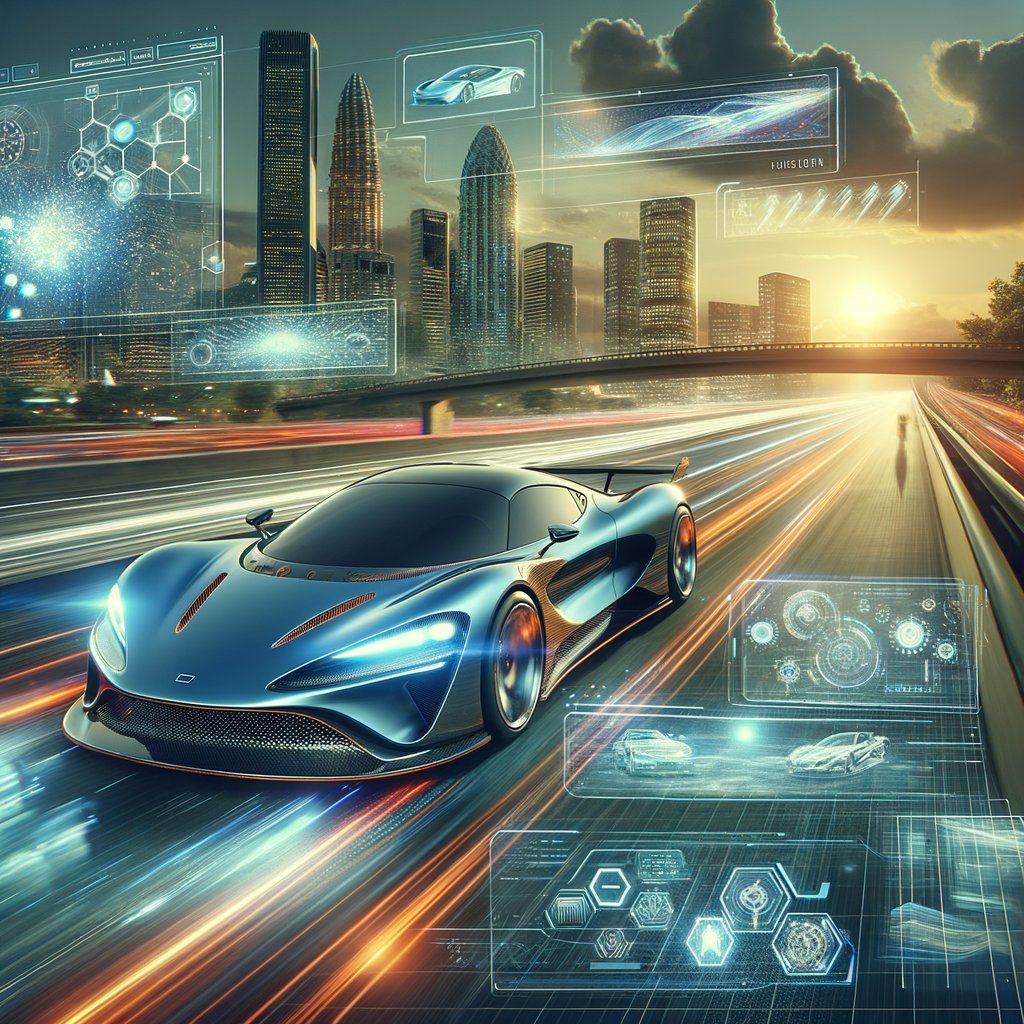Physical Address
304 North Cardinal St.
Dorchester Center, MA 02124
Physical Address
304 North Cardinal St.
Dorchester Center, MA 02124

When we talk about the pinnacle of automotive engineering, one term often comes to mind: hypercars. These are not just your regular high-performance sports cars; they represent the zenith of what is possible in terms of speed, technology, and design. In this article, we will delve into the fascinating world of hypercars, their defining characteristics, and how technology plays a crucial role in their development.
In essence, hypercars are supercars on steroids. They push the boundaries of what is technologically feasible and legally permissible on public roads. While there’s no strict definition for a hypercar, they’re generally characterised by exceptional performance figures, cutting-edge technology, astronomical prices and limited production numbers.
The journey towards today’s hypercar era began with vehicles like the McLaren F1 in the 90s that broke speed records with its naturally aspirated V12 engine. However, it was Bugatti who truly ushered in the age of hypercars with its iconic Veyron model in 2005. Boasting a top speed over 400 km/h thanks to its quad-turbocharged W16 engine producing over 1000 horsepower – figures unheard of at that time.
Today’s hypercars utilise an array of advanced technologies to achieve their staggering performance levels. Hybrid powertrains have become de rigueur among modern hypercars like LaFerrari or McLaren P1.
These vehicles employ internal combustion engines (ICE) paired with electric motors for increased power output and improved fuel efficiency. The Koenigsegg Regera takes this concept even further by eliminating traditional gearboxes altogether, using a direct drive system to transfer power from its hybrid powertrain to the wheels.
Aerodynamics is another area where technology plays a critical role. Active aerodynamics, where parts of the car’s bodywork can adjust in real-time to optimise airflow, are common in hypercars like the Bugatti Chiron and Lamborghini Aventador SVJ. These systems not only help maximise top speed but also improve stability at high speeds and enhance cornering abilities.
Designing a hypercar is not just about making it look good; every curve, vent, and wing serves a functional purpose. The aim is to strike the perfect balance between aesthetics and performance-enhancing features.
The Pagani Huayra, for instance, features four independently operating flaps on its exterior that adjust automatically based on current driving conditions to increase downforce or reduce drag. Similarly, the McLaren Speedtail employs flexible carbon fibre rear ailerons instead of traditional fixed spoilers for better aerodynamic efficiency.
As we look towards the future, electric propulsion seems poised to play an increasingly significant role in hypercar development. Cars like the Rimac Nevera and Lotus Evija are leading this charge with all-electric powertrains capable of delivering mind-boggling performance figures – 0-100 km/h in under 3 seconds!
Moreover, advanced materials such as carbon fibre reinforced polymers (CFRP) will continue to be used extensively for their strength-to-weight ratio benefits. Further advancements in battery technology will likely lead to lighter batteries with greater energy density, thereby improving both performance and range.
In conclusion,
As we continue to push the boundaries of what is possible in automotive engineering, hypercars will undoubtedly remain at the forefront of these advancements. They represent not just the pinnacle of today’s technology but also a glimpse into the future of motoring. As long as there are roads to drive on and speed records to break, the quest for the ultimate hypercar will continue.